How to mix concrete in a concrete mixer correctly?
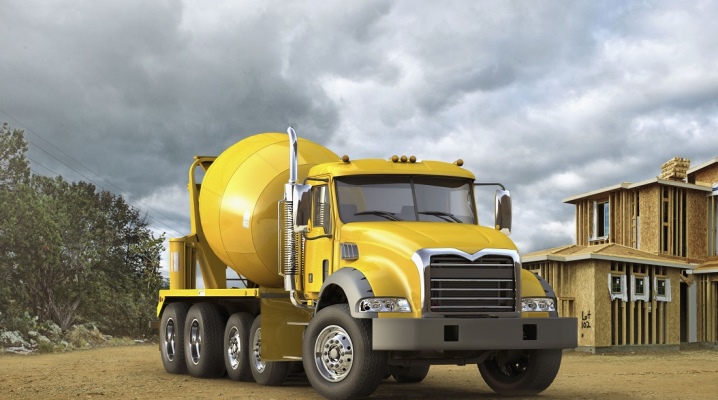
When carrying out repair and construction work, it becomes necessary to erect monolithic structures. An industrial approach allows mixing concrete with a mixer installed on the machine, or with significantly smaller units. The advantage of the mixture delivered by transport is that the brand and properties of concrete are negotiated when ordering this service directly at the enterprise. Personal participation of the customer in their preparation is not required. However, the condition of the roads and the capacity of bridges and overpasses between the plant and the object do not always allow the use of a massive vehicle with a mixer. Accordingly, smaller devices are purchased or rented for their own needs.
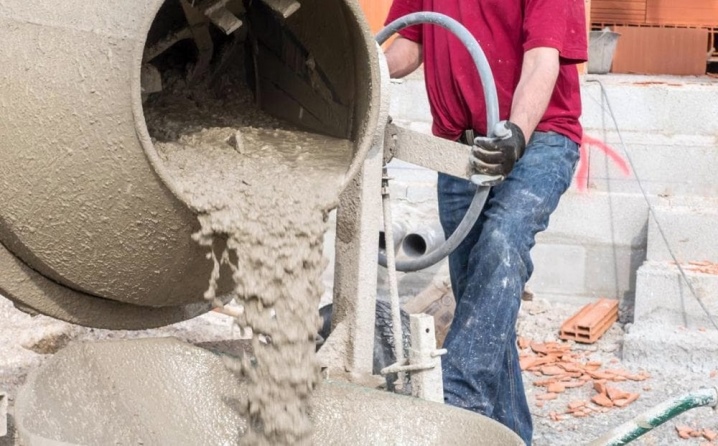
Concrete mixer installation rules
The standards for industrial construction are laid down in the project. For private houses, the following conditions are met:
- The mixer is installed in the middle of a perfectly flat area. You should check the surface in advance, clean it from stones, pieces of wood, smooth out potholes, dents, bumps. Otherwise, significant vibration of the operating installation will overturn it along with the contents. This development of events entails damage to parts (body, blades), it is dangerous for workers.
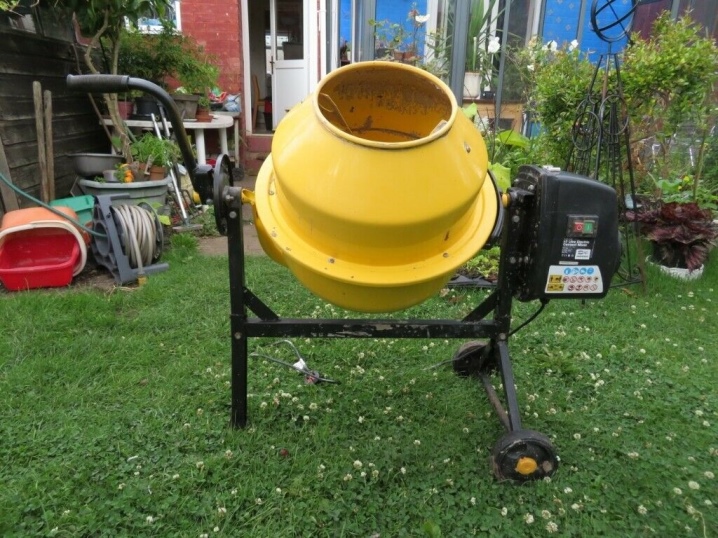
- When using the electric drive, it is necessary to check the condition of the wiring, cables, circuit breakers, transformers, disconnect all side circuits, since the energy intensity of the process can cause sudden voltage drops in the network. Ideally, your own cable from the transformer substation, equipped with a trip relay, is desirable.
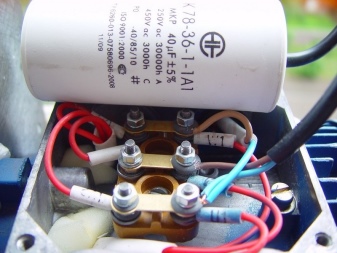
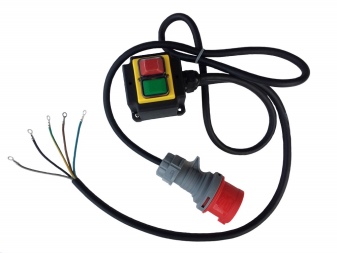
- The presence of access roads is checked for a hand wheelbarrow to the work site, as well as safe scaffolds, ladders, ramps.
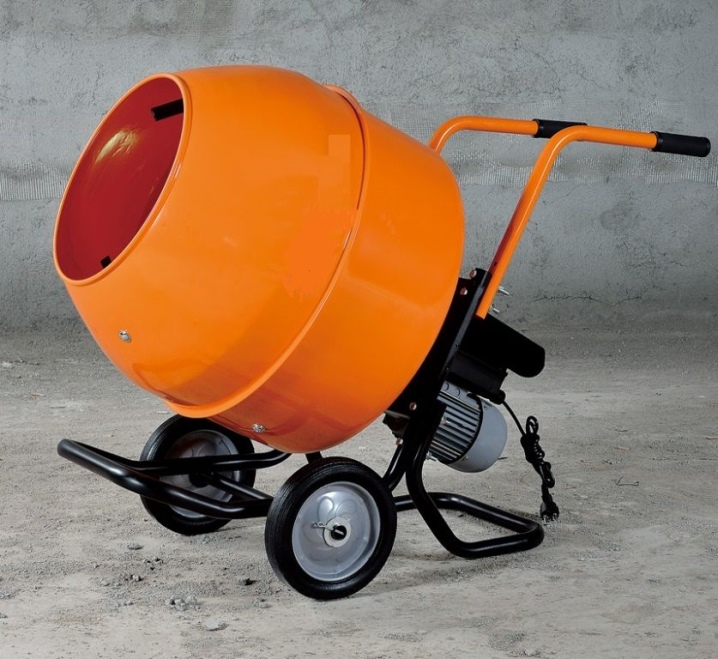
It is important to organize a storage space for a mobile mixer, for a stationary one to collect a coating during precipitation.
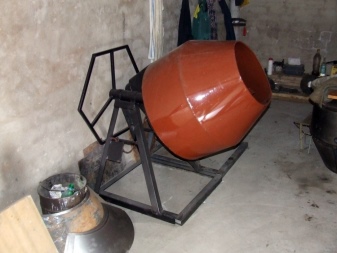
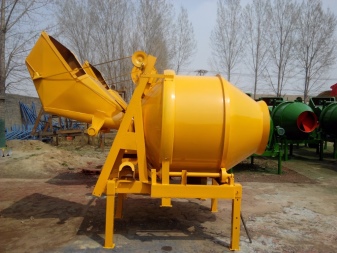
Mixing proportions
Industrial construction involves the use of concrete mixers, in the production of which state standards are strictly observed. Ordinary citizens are forced to independently verify the parameters of the components to form the structural elements of their own structure. Preference is given to the use of concrete for a monolithic foundation, walls with increased thermal insulation, strong reinforced columns and supports. The calculation of mechanically connected ingredients begins with the determination of the sequence of installation of structures.

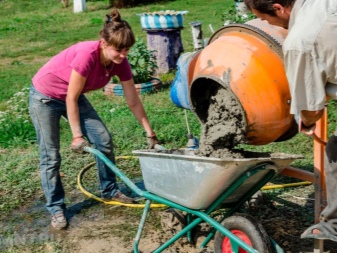
Next, a mixing apparatus is selected. Based on the capacity of the drum, select the mass of the materials poured into it: it is less than two-thirds of the volume. The empty space inside prevents overloading of the motor and allows for uniform, high-quality mixing.
|
The most common volume of the hopper, l |
Approximately it is necessary to load (kg) |
Appointment |
|
At 125 |
30 |
For the manufacture of lightweight concrete insulating heat mixture. |
|
At 140 |
40 |
|
|
At 160 |
58 |
Columns, basements, foundations, blocks, monolithic walls of 1-, 2-storey buildings, details of backyard buildings. |
|
180 |
76 |
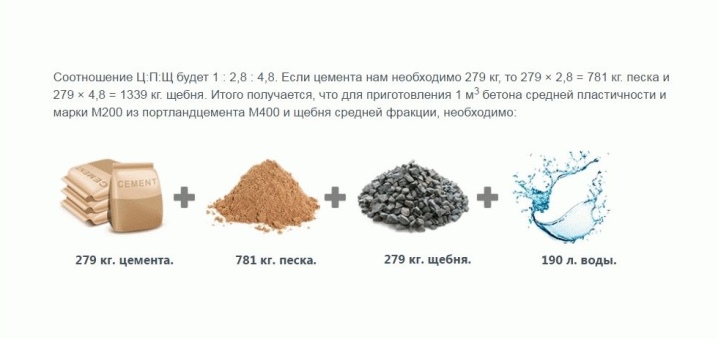
To start hydration of Portland cement, 27% of water from the total amount of cement is enough, but this composition cannot be made plastic. Ultra-high saturation leads to a decrease in strength. The optimal amount provides a ratio of 50-70% moisture.Setting (hydration) of concrete takes up to half an hour, crystallization within 15-20 days, shrinkage for about a day. The dry state of the ingredients brings the final product as close as possible to the brands stipulated by GOST. The moisture content of the proportions of fillers listed in the table should tend to zero.
P. - sand
Shch. - crushed stone
|
Cement 1 kg. |
Concrete grades |
|||||
|
M100 |
M200 |
M300 |
||||
|
NS. |
SCH. |
NS. |
SCH. |
NS. |
SCH. |
|
|
kg. |
||||||
|
M-400 |
4,6 |
7 |
2,7 |
4,9 |
2 |
3,8 |
|
M-500 |
5,8 |
8,1 |
3,1 |
5,6 |
2,7 |
4,7 |
Additives for imparting viscosity are lime powders, gypsum, water glass, modern adhesives. Some builders add salt for speedy setting in the cold season. This should not be done, because many years of practice have proven that the building becomes fragile, eroded by precipitation and does not withstand the planned service life.
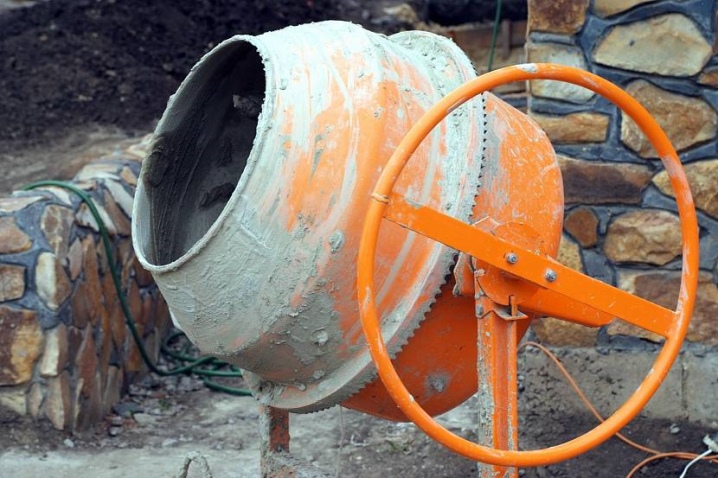
Component loading order
Consider the sequence of investment in a concrete mixer:
- sifted sand with cement is laid first, then the solid fractions are carefully laid out on top, everything is filled with liquid, so the likelihood of damage to the bunker by stones is reduced;
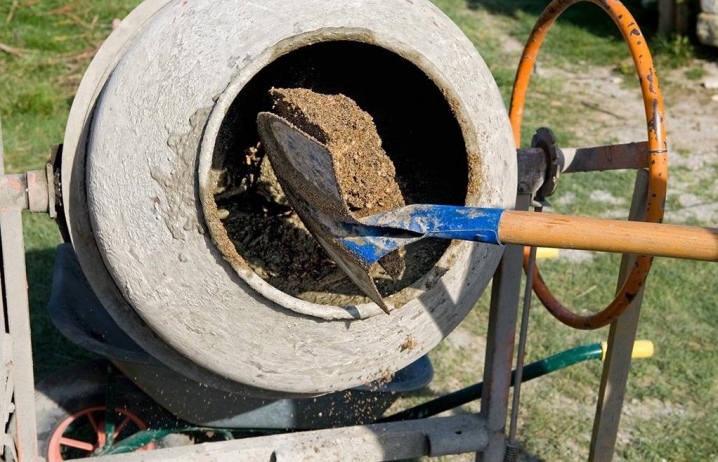
- in the screw hopper, all the previously prepared components are fed alternately in fractions, which ensures strength, frost resistance, slight shrinkage (technologically similar to the factory method).

Mixing features
A concrete mixer is a rather expensive piece of equipment. If it already exists on the farm, then when performing a new type of activity, it is extremely rare that they acquire something else.
The only exception can be capital-intensive and energy-intensive finishing options, when the slightest violation of technology affects the quality of the coating. It turns out that the solution for assembling the nodes is properly prepared with one device, and complex colored composite suspensions - with another.
To mix cement with a porous filler (slag, expanded clay, pumice) having a low specific gravity, gravity mixers are used (it is the body that rotates). For what the concrete should be mixed in a small concrete mixer. After that, to prevent stratification into light and heavy fractions, it is required to deliver the entire mass as quickly as possible and put it in the formwork.
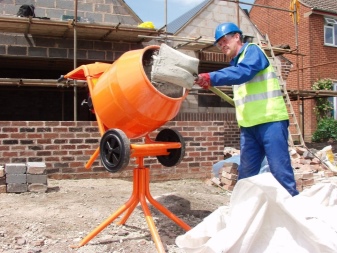
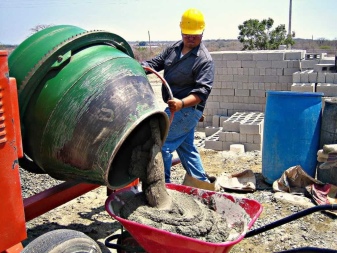
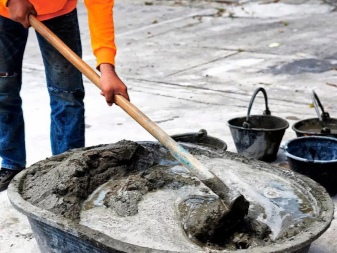
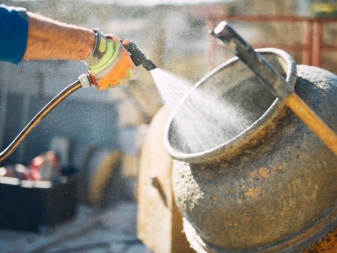
In machines with a forced drive, the blades rotate inside. To ensure their safety, they take granite and basalt chips of the smallest diameters. Mixes prepared in this way are used in new buildings for casting bearing units, base frames, supports. If you use an inexpensive large stone, broken pieces of equipment stop working. In such situations, experts offer a separate styling technique:
- in horizontal formwork, a filler is laid out, which is poured with a ready-made cement slurry;
- the forms are subjected to vibration until setting;
- the readiness of the raw material for molding is checked by drawing a groove on the lump - if the edges slowly begin to close, the necessary balance is achieved;
- dry and assemble the product;
- the drum is cleaned of residues overnight, rinsed thoroughly.
Before pouring into the mixer, mechanical impurities in the water settle for at least a day. Filtered through several layers of burlap. It is most practical to add liquid in portions so that the reliability will not be compromised in the case of wet ingredients.
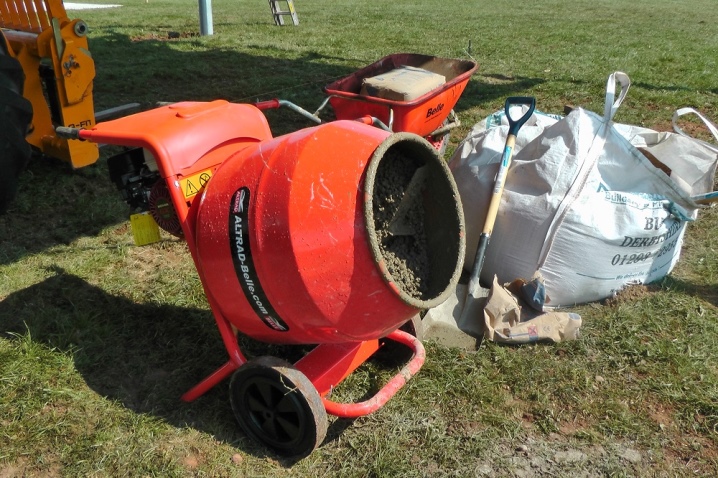
How long does it take to stir the solution?
High-strength properties of elastic compounds are ensured by thorough mixing for at least 2-5 minutes. The process is complemented by vibration. A stationary vibrator is installed in the bowl, which ensures homogeneity, rigidity, adhesion in the synthesis.
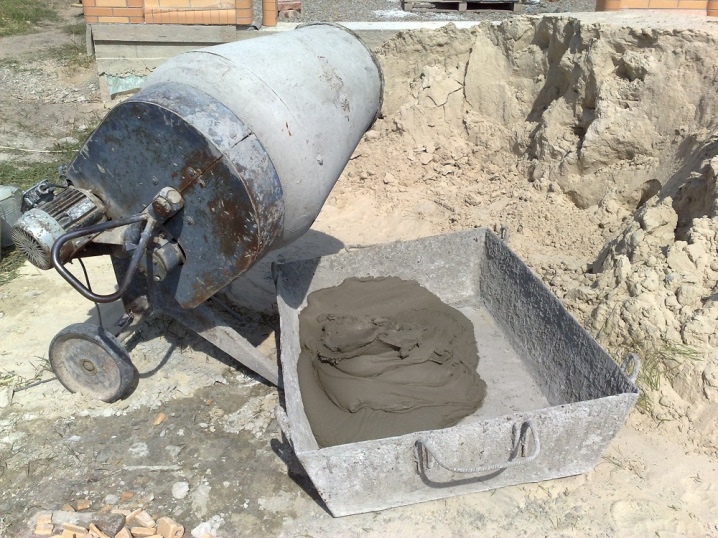
For isothermal versions with naturally brittle inorganic aggregates, the time is reduced to 1.5 minutes. This is done so that the fraction does not wear down to flour and does not lose porosity. Scrolling of lightweight grades with slag or synthetic porous materials is carried out within 6 minutes. Ribbed pebbles with sharp edges are worked in the machine bowl for the same period.

How to properly unload the solution?
The entire mass from the stirring container is poured into the trolley, completely transferred to the working surface, where the site of the object is poured. Considering that the work of the mixer takes up to 10 minutes, a container is placed nearby, into which the solution is poured. If an array gets caught inside the mixer body, it will be difficult to remove it.
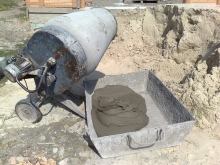
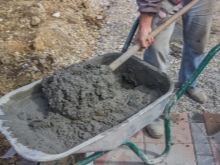

The portions are not stored and transferred to the previously made frames. When the hose is installed for moving, it is gradually transferred from one formwork to the next. It is recommended to build overpasses, conveyors, pneumatics for the smooth movement of the mixture to the place of the bay.
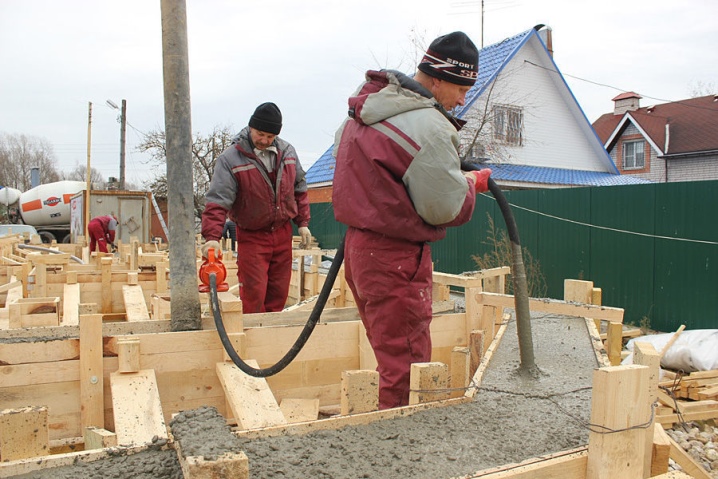
Agitators up to 280 liters have levers for manual overturning. Tilted over by steering wheels, handles. Over 300 liters are loaded with special adjustable buckets (movable bales). Convenient and safe shipping routes cannot be ignored. Allocate the required number of boards, low-quality boards, after which they collect forests, pedestrian ramps for workers.
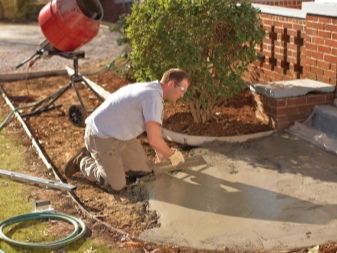
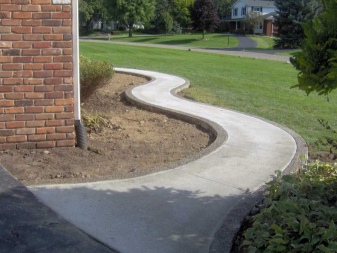
In conclusion, we can add that similar fixers were made in Mesopotamia, Ancient Rome. The territory of the peninsula was rich in natural minerals. An empirically obtained composition similar to cement was laid between the cobblestones in the walls, roads, bridges, which have survived to this day.
A widespread modern version based on Portland cement (inventor Joseph Aspdin, 1824) was patented by I. Johnson in the summer of 1844. Reinforcement was invented by the French gardener Monier Joseph, who strengthened flower pots with metal rods back in the 19th century. Our compatriots in the Soviet Union developed frost-resistant trends for the construction of facilities in winter, having built the largest hydraulic structures at the beginning of the 20th century, for example, "Dneproges" - 1924.
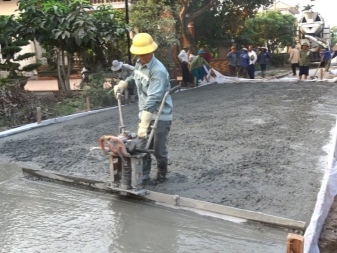
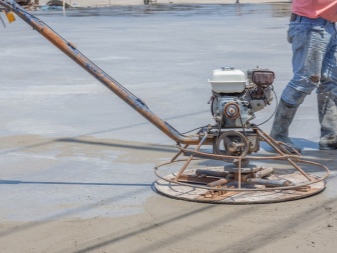
In this video, you will learn how to properly mix concrete in a concrete mixer.













The comment was sent successfully.